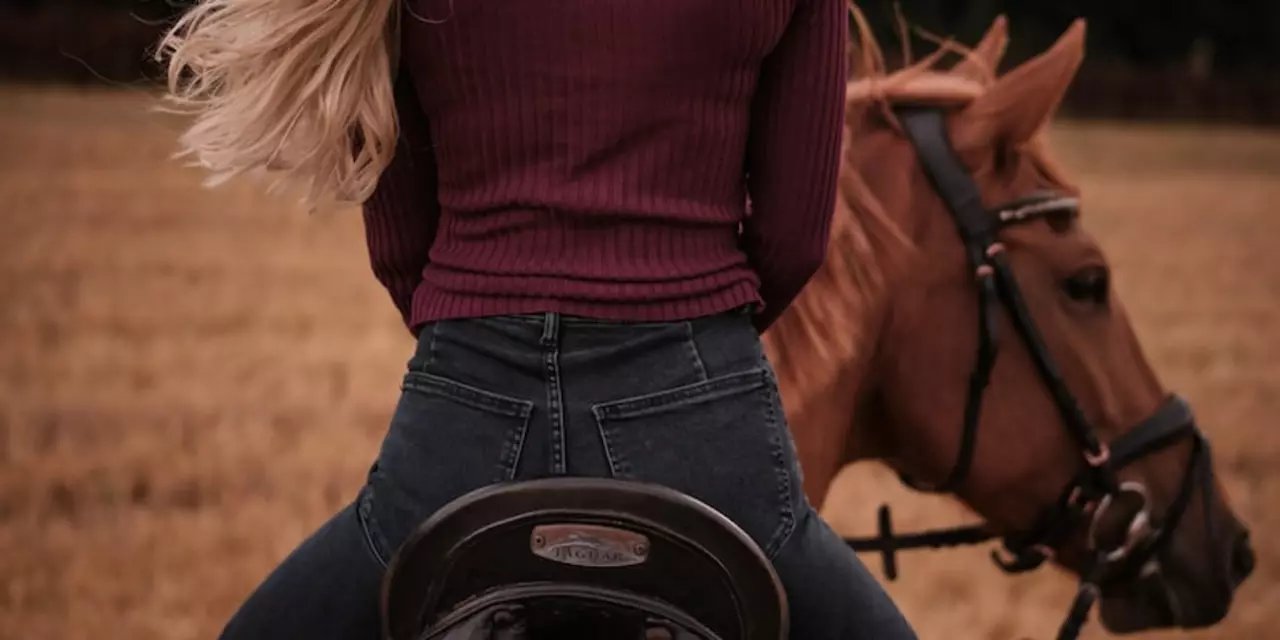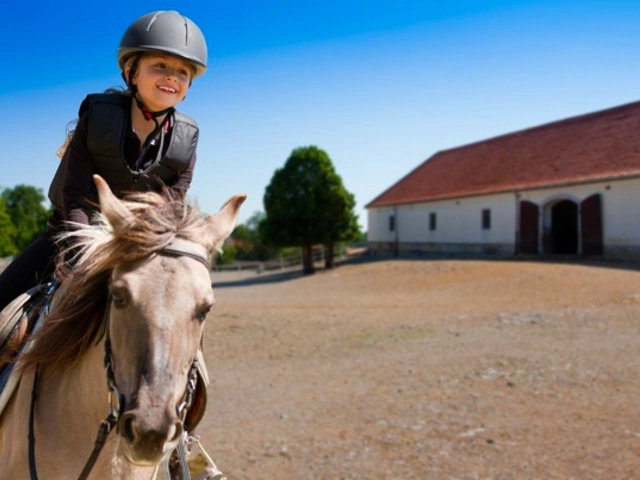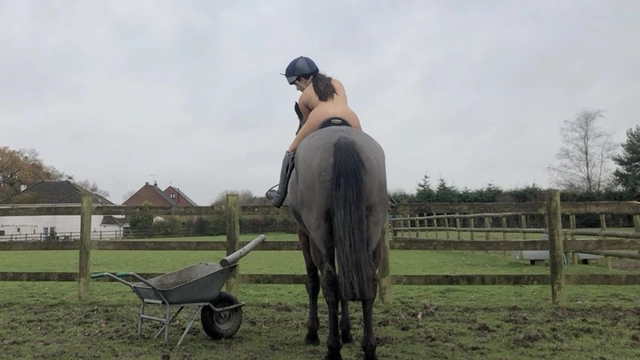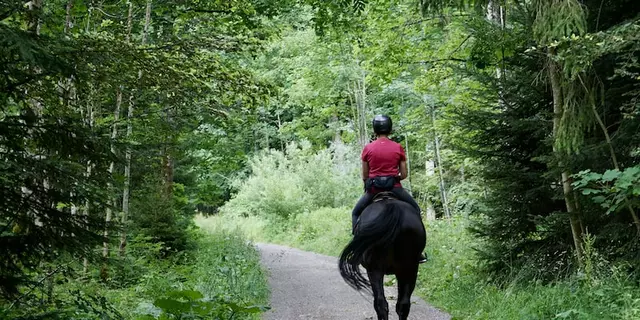Back Pain Tips for Horse Riders
Ever felt a twinge after a day in the saddle? You’re not alone. Back pain is one of the most common complaints among riders, but the good news is you can keep it under control with a few simple changes.
Why Riders Get Back Pain
Riding asks your spine to bend, twist, and stay balanced for long periods. If your posture is off, the muscles on one side work harder than the other, and the spine gets squeezed. A poorly fitting saddle adds pressure points that force you to lean or hunch, which quickens the strain.
Even something as simple as a weak core can make your back do the heavy lifting. Without solid abdominal muscles, the lower back has to bear most of the load, and that’s a recipe for soreness.
Finally, riding on hard ground or on a horse with a stiff back can send vibrations straight up your spine. Those vibrations add up and turn a nice ride into a painful one.
How to Prevent and Relieve Back Pain
Check your saddle fit. A saddle that’s too narrow, too wide, or sits too far back will push you into a bad posture. Ask a professional to measure your horse’s back and your own sit. A good fit lets you sit upright with relaxed shoulders.
Work on core strength. Simple exercises like planks, bird‑dogs, and seated twists can make a big difference. Aim for a short routine three times a week – it builds stability without needing a gym.
Warm up before you ride. Spend five minutes doing gentle stretches: reach for your toes, side bends, and shoulder rolls. Warm muscles move more easily and are less likely to spasm.
Mind your posture. Keep your shoulders down, spine straight, and hips level. Imagine a string pulling the crown of your head up toward the ceiling. This small cue helps you stay tall and reduces strain.
Take regular breaks. If you’re on a long ride, get off every hour to stretch and walk the horse a bit. A quick walk loosens the hips and gives your back a breather.
Use supportive gear. A well‑fitted riding helmet with a padded liner, a good pair of stirrup leathers, and proper riding boots can keep you balanced and comfortable, which relieves pressure on the back.
Stretch after riding. Finish with hamstring stretches, calf raises, and a gentle cat‑cow yoga pose. These moves release tension that built up during the ride.
Listen to your body. If pain lingers for more than a few days, see a physiotherapist who knows equestrian injuries. Early treatment stops a small ache from becoming a chronic problem.
Riding should feel like a partnership, not a punishment. By fitting your gear, strengthening your core, and staying aware of your posture, you’ll enjoy more rides with less back pain. Give these tips a try on your next outing and notice the difference – a happier back means a happier horse too.




